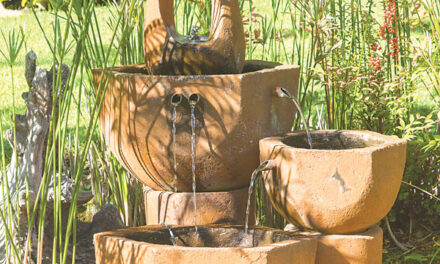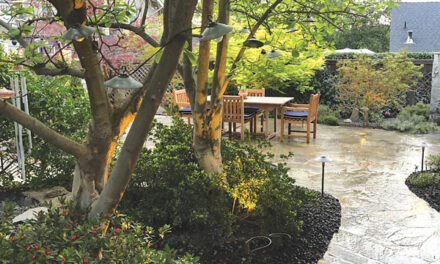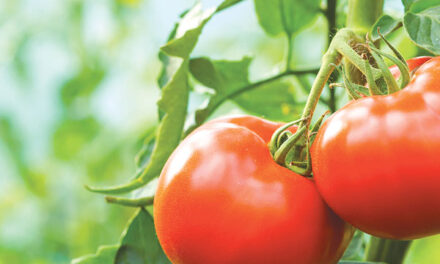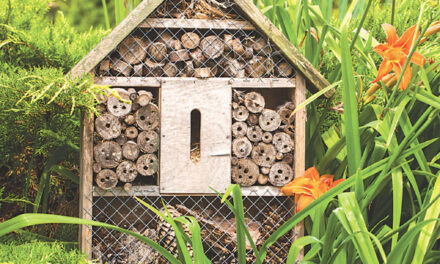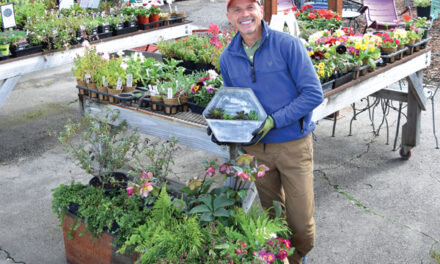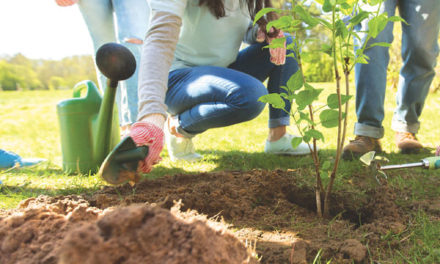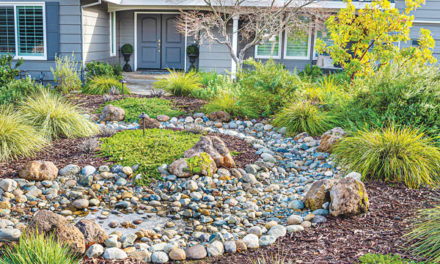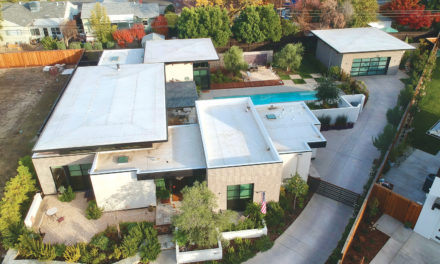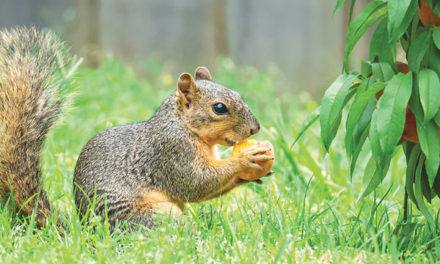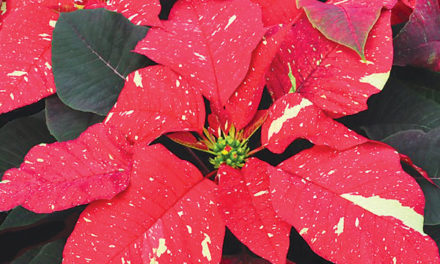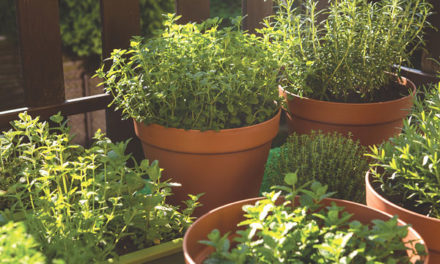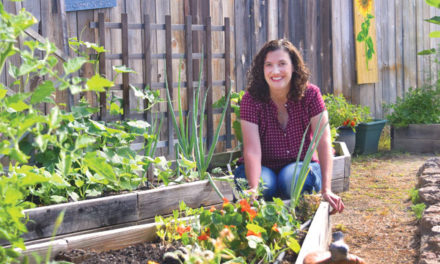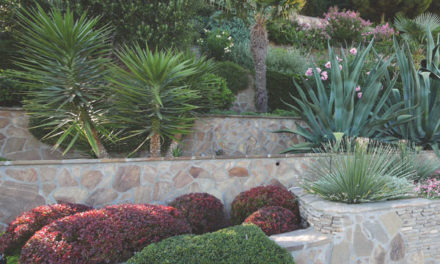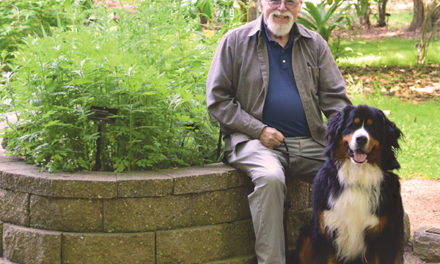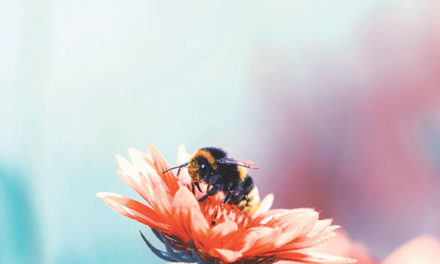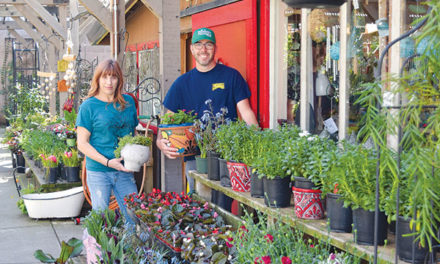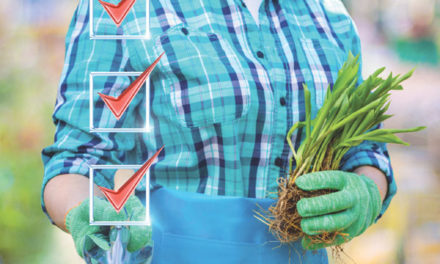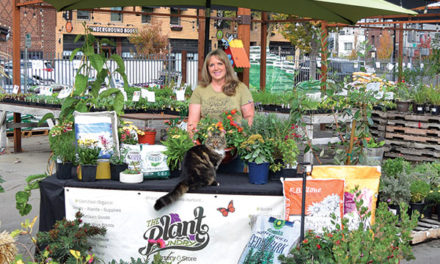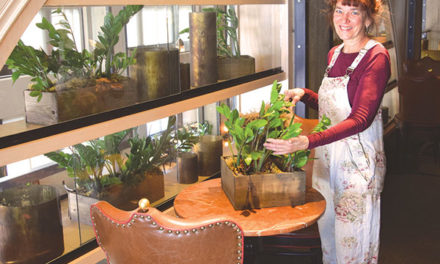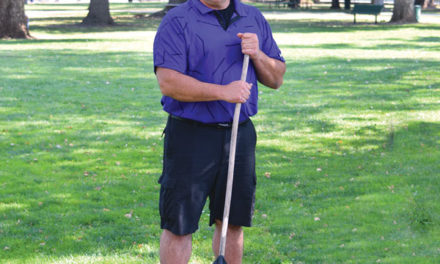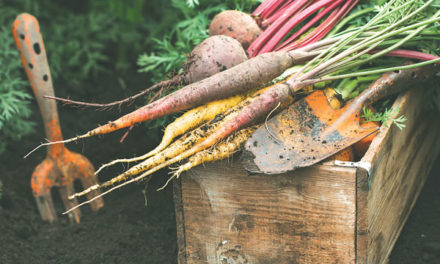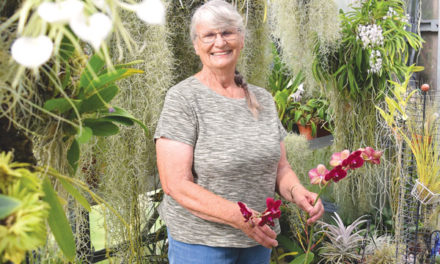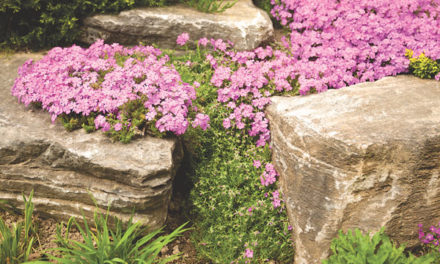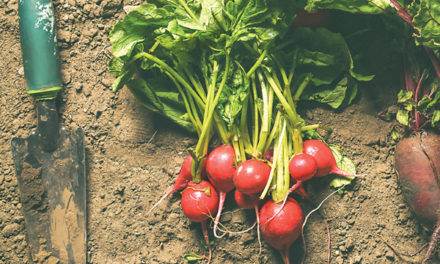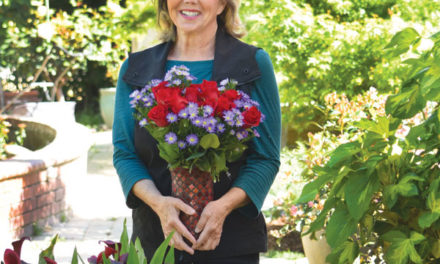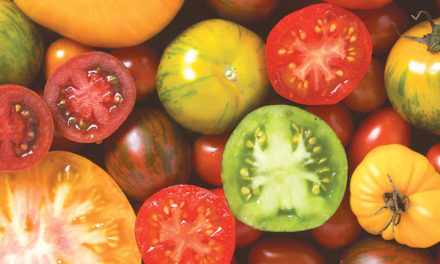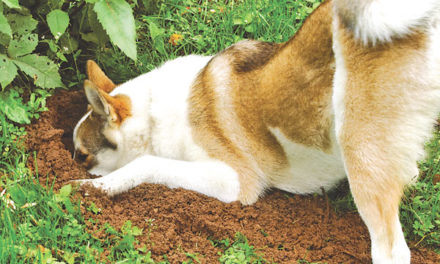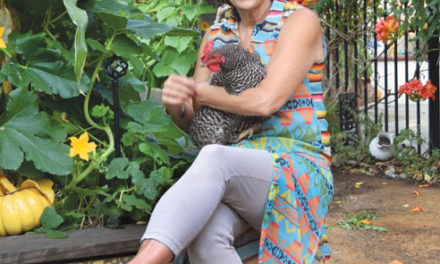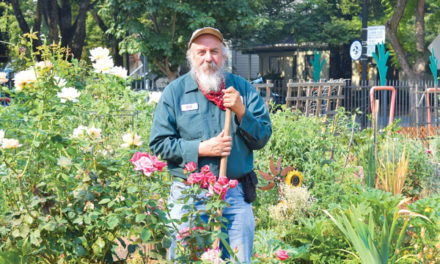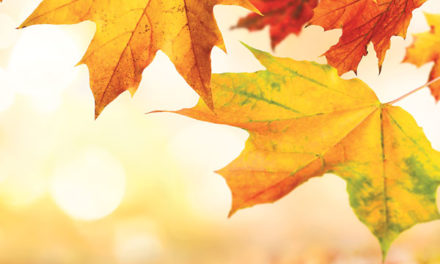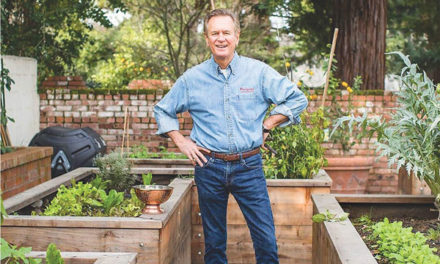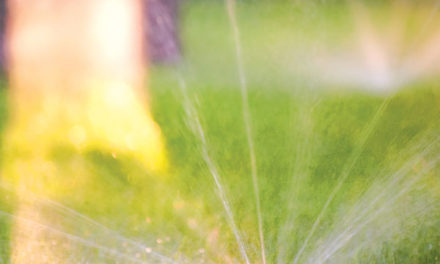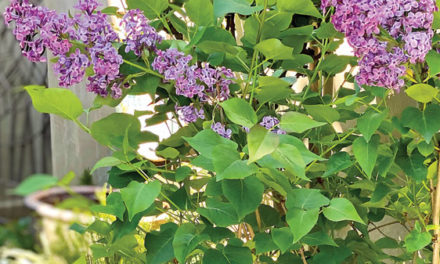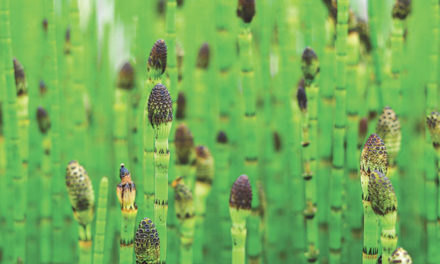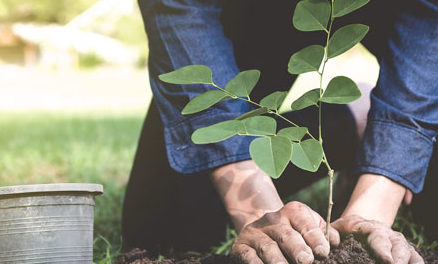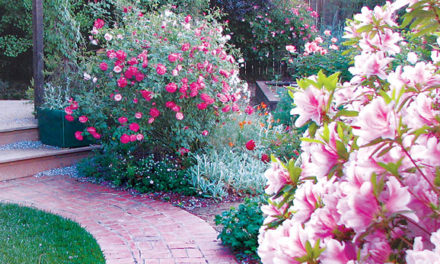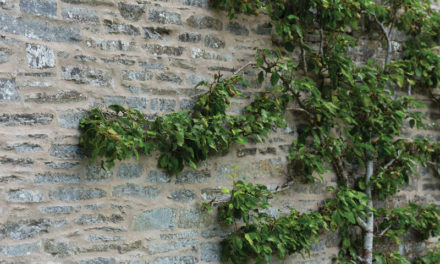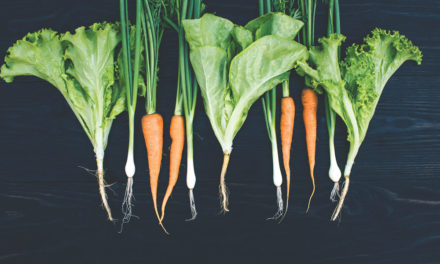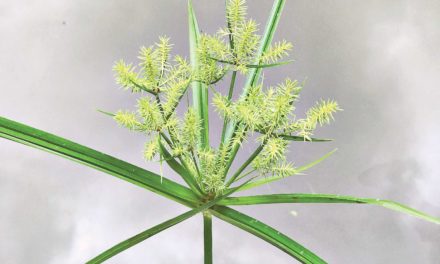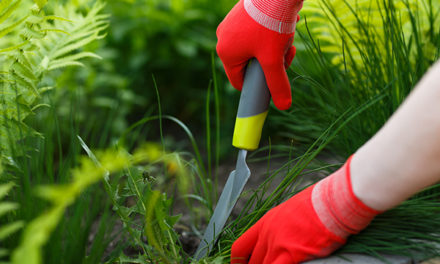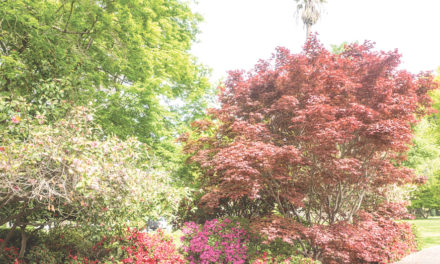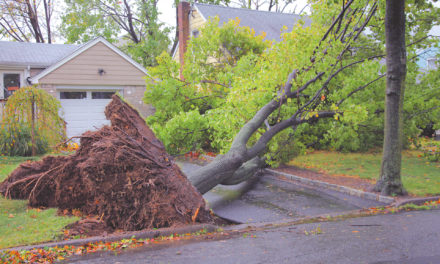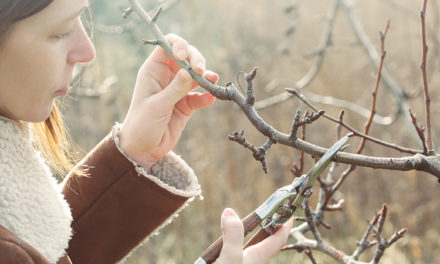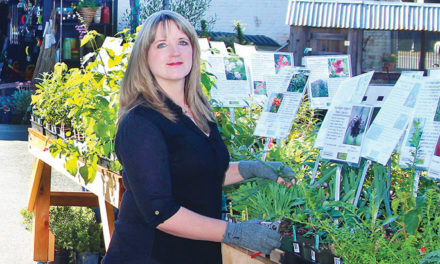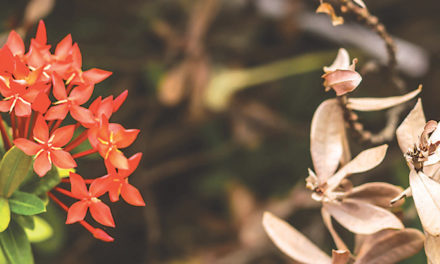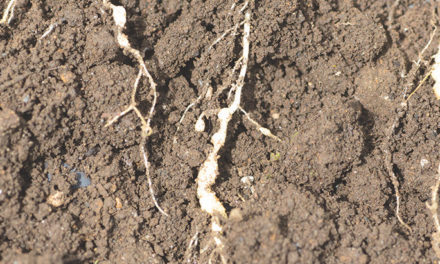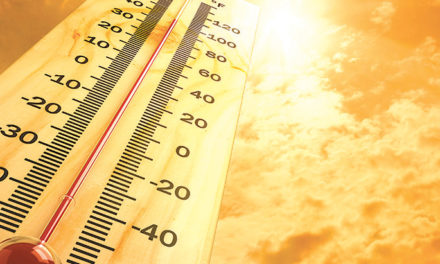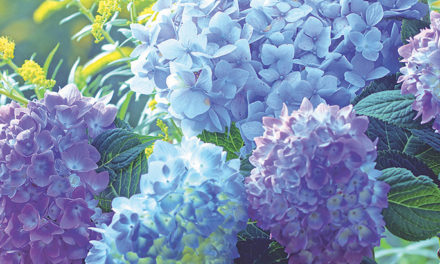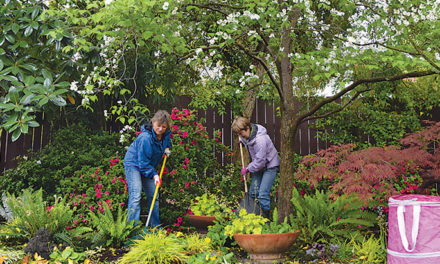The Heat Is On
Don’t let hot weather sap your plants of life
By Anita Clevenger
July 2018
Last July, we had 11 triple-digit days, some topping 105 degrees. Such hot weather makes me want to stay inside, close the shades and sip a cool drink. However, gardeners know that plants need attention now more than ever. July is the peak time for water to evaporate from the soil and transpire from the plants, so we must be vigilant about watering. We also need to protect plants from heat and sun, monitor for pests, remove spent flowers, keep rampant growth in check and harvest regularly.
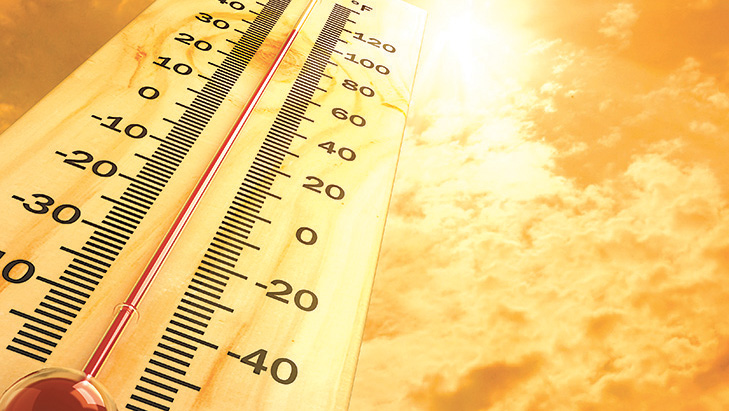
Sacramento’s summers are bearable because of the Delta breeze, which drops temperatures 30 or even 40 degrees overnight. Most mornings are delightful, with temperatures in the 60s and brilliant blue sky overhead. If you can’t haul yourself out of bed before it gets unbearably hot, evenings offer some relief. You can even don a headlamp so that you can examine your garden hands-free after dark.
There are some strategies for keeping your plants hydrated. Several inches of mulch will slow evaporation and keep roots cooler. Run sprinklers in the wee hours of the night or very early in the morning. Check whether soil is dry with a moisture meter or by digging into the soil, and adjust watering schedules and amounts accordingly.
Potted plants need special care because their roots can get very hot and dry out quickly.
Be sure that water is penetrating and moistening the soil, and consider repotting a plant if water runs out too quickly. I prefer a planting mix that contains coconut fiber, known as coir, which retains water well while still promoting drainage and aeration of the soil. Light-colored pots reflect heat and keep roots cooler than dark or black containers.
What should you do if a plant wilts during the day? First, see if the soil is dry. If it is, water immediately. If there is enough moisture, evaluate other causes. Sometimes plants wilt because they have gotten too much water or have developed a disease. Many plants require full or partial shade and will wilt and burn in the sun no matter how well they are watered.
Even sun-loving plants can be injured when the heat and sun are especially intense. Protect fruit tree trunks by painting them with diluted interior white latex paint. Tomatoes, peppers and other fruit often get sunburned, developing brown, leathery patches. Tomatoes can also develop green shoulders or solar yellowing when it’s hot and sunny. To avoid sun damage, maintain a vigorous leaf cover on the plants and use shade cloth or screening to block some light. Temperatures alone can affect your crops. Tomatoes may stop setting fruit when temperatures are above 90 degrees during the day or below 55 degrees at night. Last year, many of my purple eggplants were a bright, sickly yellow. I was afraid that were unsafe to eat, so I threw out at least 20 of them. After spending many hours scouring the Internet to identify the problem, I finally decided that the hot weather had suppressed development of the purple pigment in the skin and that the color change was just cosmetic. As soon as temperatures dropped, the eggplants once again grew in a glossy black color.
Summer is a great time to be a bug. We humans have to stay on the lookout for tomato hornworms and other pests that suck, chew, rasp or pierce your plants. Spider mites love hot, dry conditions. They will drape webs on branches and suck juice from leaves, creating a stippled appearance. Blast them off with water, making sure that you hit the underside of the leaves to knock off their eggs. This technique also works to control aphids. You need a magnifying lens to see mite eggs, but clusters of yellow or orange bug eggs are clearly visible. Pick off the infested leaves and destroy them. Pick off immature and adult bugs by hand, or knock them into a bucket of soapy water. Use pesticides carefully and as a last resort.
Things grow and change quickly in the summer. Make sure that vigorous plants and weeds don’t take over and smother their frailer neighbors. Remove spent flowers to promote continued bloom. Pinch back Thai or Italian basil frequently and remove flower spikes to encourage bushy leaf growth. Keep tucking tomatoes into their cages or tying them onto supports. Harvest vegetables regularly to ensure continued production and quality.
Can you do all of this and stay out of the heat and sun? Just in case you can’t tear yourself out of the garden as the day gets hotter, be sure to don a hat and sunglasses, put on sunblock and take along some water whenever you go outside. Periodically get into the shade or retreat inside. Pay attention to yourself, not just your plants.
Anita Clevenger is a Sacramento County UC Master Gardener. For answers to gardening questions, call the UC Master Gardeners at (916) 876-5338 or go to sacmg.ucanr.edu.






